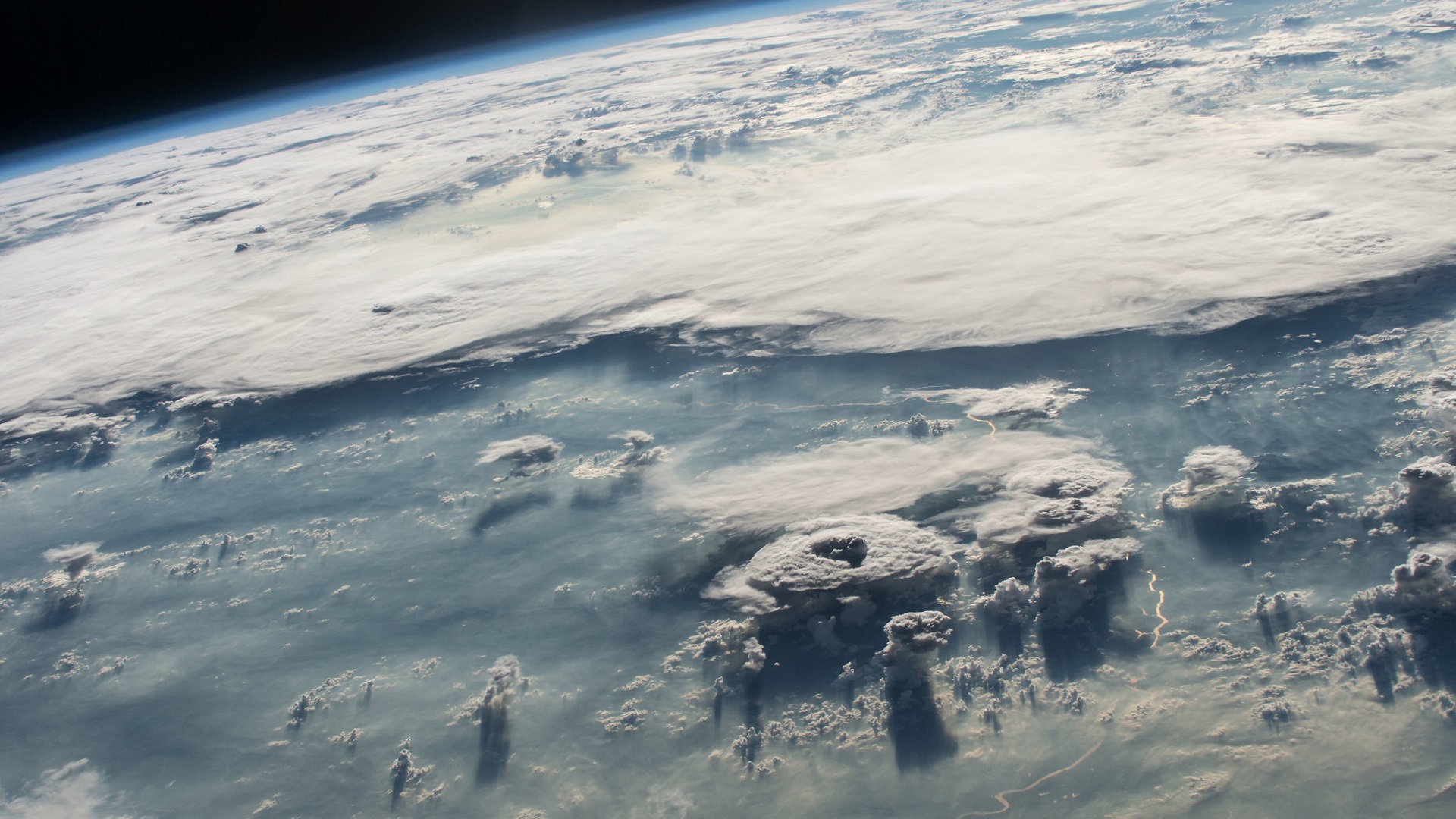

The balance between those two pulls is what keeps the moon in orbit around Earth. But the, the entire Solar System is also moving in the Galaxy. At the same time, Earth is being pulled by the sun. If you are talking average speed relative to the Sun, then the Moon has the same average orbital speed on the Sun as the Earth, however, because it is also orbiting Earth it ends up with a slightly longer orbital path, so a slightly higher average orbital speed relative to the Sun. Although the difference between these two numbers may not seem like much, it’s a difference of about four Earths. During its closest approach, the moon is around 226,000 miles away. During its furthest approach to the Earth, the moon is about 251,000 miles away. Keep up to date with the latest reviews in All About Space – available every month for just £4.99. than the moon, so Earth pulls on the moon. The moon has both a maximum and minimum distance from the Earth. At this point, Earth’s tidal bulges will become ‘frozen’ is place, and incapable of influencing either Earth or Moon any longer. At this point, Earth will be fixed with one side facing towards the Moon, just as the Moon is already fixed with one side facing towards Earth. Given enough time, will eventually slow it so that Earth takes a month to rotate (however long a month may be by that time). Another factor to consider is that the Moon’s satellite’s tidal pull slows down Earth’s rotation by 2 milliseconds per century.

This alone should be enough to prevent our satellite from ever leaving orbit around Earth completely without intervention from some outside force. It causes the Moon to move 1213 degrees east every day.
DOES THE MOON ORBIT THE EARTH FULL
At present, the Moon gets 3.8 cm further away from Earth every year, and it was much closer to Earth in prehistoric times.īut the Moon’s outward spiral is dwindling as its distance from Earth decreases and its tidal forces get weaker. This movement is from the Moon’s orbit, which takes 27 days, 7 hours and 43 minutes to go full circle. By this point, the tidal waves on Earth would be about 30,000 feet tall, so nothing much would be left of life as we know it in coastal areas. Once the moon reached a distance of 11,470 miles above our planet, it would be at the Roche limit. This is the flipside of the tidal forces that our satellite imposes on Earth – tidal bulges raised in our planet’s oceans by the Moon’s gravity pull back at the Moon and cause it to speed up, which in turn raises it into a higher orbit. If the moon kept getting closer, at one point it would explode. Astronomy books are fond of quoting the fact that the Moon is gradually spiralling away from Earth.


 0 kommentar(er)
0 kommentar(er)
